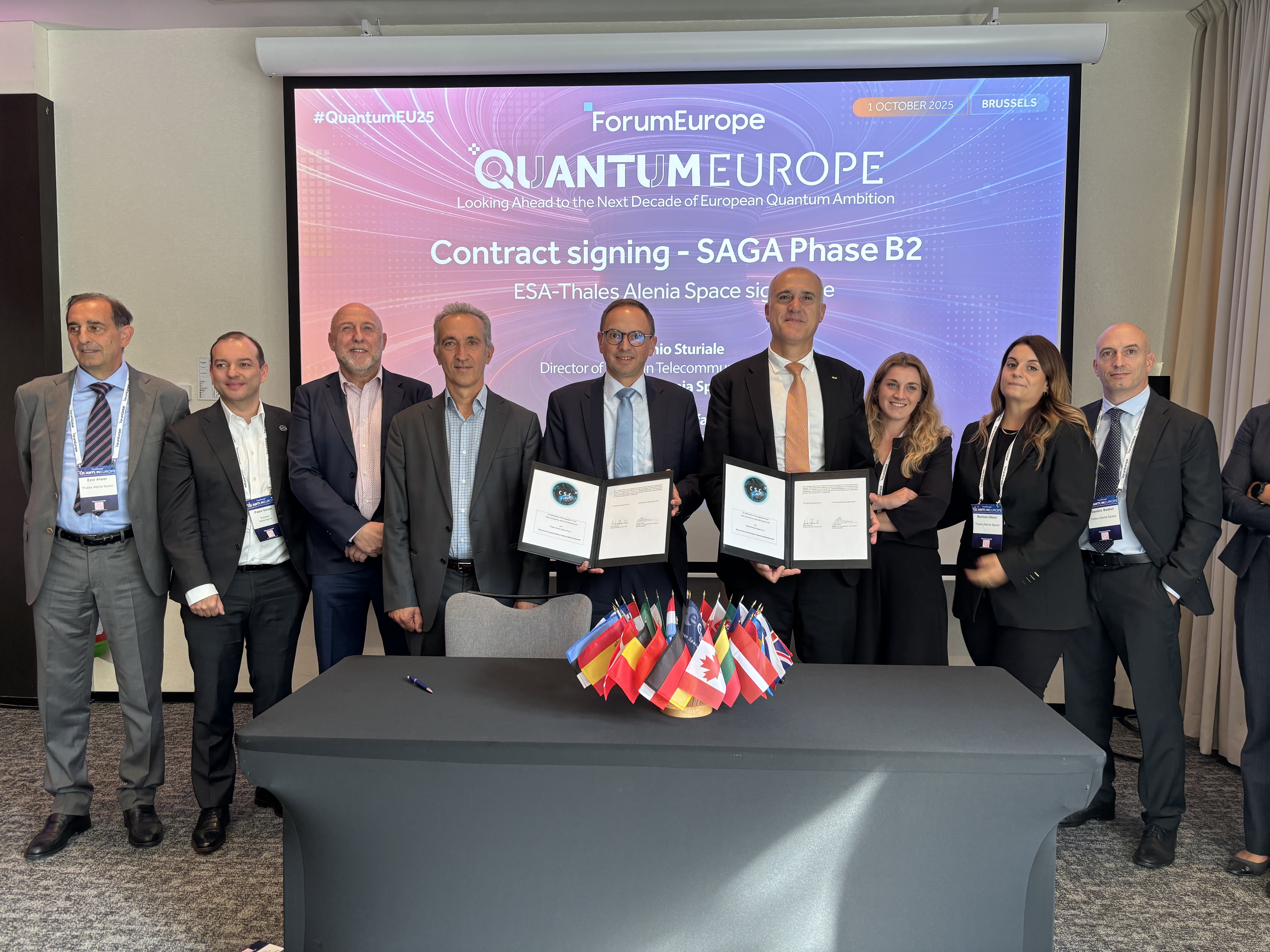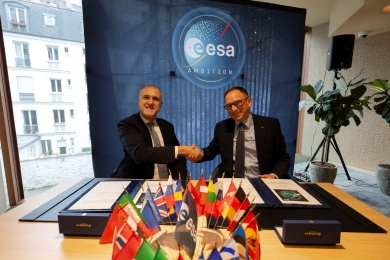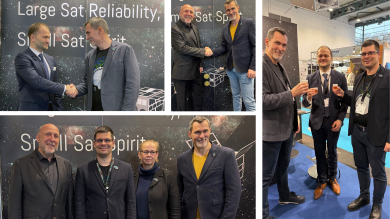
ESA signs contract on SAGA mission for sovereign quantum key distribution capability in Europe
The European Space Agency’s (ESA) Security And cryptoGrAphic (SAGA) mission has entered the system definition and preliminary design phase (Phase B2), marking the beginning of the development of the first quantum key sharing mission designed for European governments. A world leading aerospace consortium led by Thales Alenia Space has won a €50 million contract to design the mission.










